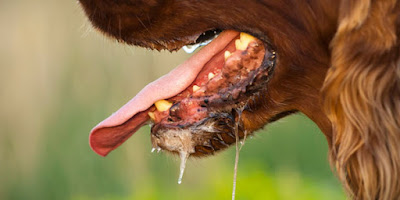Hydropathic Baths
Hydropathy deals with the treatment of health
related complications by using of water. Some problems take short time and some
take long, but regular practice of hydropathic methods will show excellent
results in our lifes. If you adopt these methods and rules in your lifestyle
then you don`t need to fix appointments with doctor almost.
In previous article
we will talk about hydropathy, now we will talk about the hydropathic bath;
which is a part of hydropathich treatment.
Hydropathic baths are seem to have in use from
time immemorial both as a preventive and as a curative of diseases. They
cleanse the body, refresh the mind, purify the blood, stimulate the nervous
system and prevent all diseases. That`s why the proverb – “there is health in
the bath”, was very common among the ancient Romans. Also because of this
reason, amongst ancient nations a daily bath was a religious duty, Hindus
consider their rivers as holy and daily baths in them are supposed to relieve
them of their sins.
1. Full Bath or Immersion
This kind of bath is taken by immersing the whole
body in any collection of water such as – tank, lake, river or sea for a few
minutes and by causing friction to all parts of the body by rubbing them with
one`s own hands briskly and cleansing them properly. This bath can be
classified by temperature of water and purpose of bathing into:
1. Cold Bath
2. Tepid Bath
3. Warm Bath
In hot season, cold water baths should be taken
thrice a day morning, afternoon and evening; busy persons can take them at
least twice a day morning and evening. Even in cold and rainy season such baths
should taken at least once a day. The cold bath dissolves the morbid matter in
the blood and expels it out of the body. They also enable the blood to
circulate properly and strengthen the enfeebled constitution for new activity.
Sensitive persons and very week persons who are
not accustomed for cold baths may take tepid baths and those who are suffering
from high fever may be given neutral baths. Hippocrates try tepid bath in
fevers. Frictions or rubbing must be try to the body vigorously in the tepid or
neutral bath. These baths are of great service in pneumonia and typhoid fever.
They can be taken as long as the patient feels comfortable in the bath even for
some hours. They diminish the frequency of pulse beats in proportion to the
duration it is taken. It relaxes the muscular fibres, reduces the temperature
in fevers and renders the respiration slower. It removes the impurities from
the body by opening the pores and smoothens the epidermis, hair and nails.
The hot bath is use in dry cold skin, feeble
muscles, sluggish circulation and torpid condition. It should never be taken
more than ten minutes. Rubbing the body or some sort of physical exercise is
very necessary after it. Local applications of hot water as fomentations to
affected parts are very useful in colic, pains, injuries, etc. They may be taken once a week by those who
like them but must be finished off with tepid or cold affusion of very short
duration and then with some usual exercise or a brisk walk as perspiration,
quickening of pulse and reddening of the skin are the results of it.
2. Universal Bath
In this kind of bath, a large pot with a narrow
mouth should be procured and cold/tepid/warm water must be poured and the
duration must be used as mentions in above. The whole from head to feet must be
rubbed and cleansed well. If a person uses copious water and cleanses the body
well by rubbing properly there is no need of soap. This bath keeps up our
health by preventing disease.
3. The Brand Bath
In febrile conditions, the bath tub containing
water at a temperature of 68° to 80° placed near the bed. The patient is lifted
from the bed and placed into the tub as quickly as possible, the face and head
having been previously cooled by the application of cold water. Care should be
taken to immerse the patient up to the neck. Exposure of the shoulders is
likely to give rise to pulmonary complications. The head should be protected by
a towel wet in cold water.
On entering the tub the patient is rubbed
vigorously for two or three gallons of cold water are poured upon his head and
allowed to run down the back of his neck. He then lies down again and the
rubbing is repeated. If there 












Comments
Post a Comment